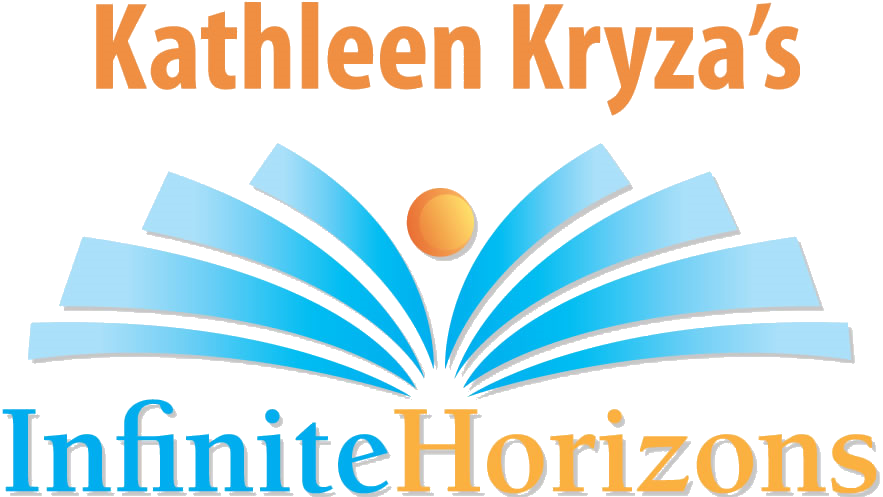“Stop searching the world for treasure, the real treasure is in yourself.”
The alarm goes off bright and early Monday morning. You groan, roll over, think about pushing snooze and staying in bed for a few more hours … buuut … you don’t. You turn it off, hop out of bed, and get ready to have a fabulous day with your students (perhaps promising yourself a 20 minute power nap at the end of the school day). On a small scale, you just demonstrated self-regulation, a skill that we all hope to instill in our students.
Self-regulation (also called executive function) is a deep, internal mechanism that enables us to engage in mindful, intentional, and thoughtful behaviors (Bodrvoa and Leong, 2006.) It is the skill used to be able to adapt to changes, plan and achieve goals, and make choices that will lead to success in academic and social settings. It is the ability to delay gratification or temper one’s reactions in order to accomplish a task at hand or foster positive relationships.
The correlation of academic and social successes are inextricably linked to the development of both social and cognitive self-regulation skills. Fortunately, both types of self-regulation can and must be taught. Though they do not emerge naturally, they flourish with proper guidance and modeling. This month’s newsletter will focus on the importance of helping students develop social self-regulatory skills, and next month we will discuss cognitive self-regulation.
Students with strong social self-regulation skills have better relationships with their peers and teachers and are consequently more motivated at school. Research conducted by the University of Virginia’s Claire Cameron Ponitz and Oregon State University’s Megan McClelland showed that kindergarteners who had high levels of "self-regulation" in the fall did better on tests of reading, vocabulary, and math in the spring when compared to children with low levels of self-regulation (Oregon State Univ., 2010). The positive effects of developing self-regulation skills remain consistent across all ages and subsets of students. Students who had been labeled “high risk”, “gifted”, etc. ALL benefit from developing these skills (Jenson, 2010).
So how do we foster the development of social self-regulation habits with our students? With younger students (ages 4-8) simple activities that encourage listening, following directions, and resisting impulses will help students learn how to self-regulate. Games such as Simon Says, Red Light Green Light, and Hide and Seek are not only fun for children, but they give the students’ self-regulatory muscles a work out. Both Simon Says and Red Light Green Light teach students to listen carefully, resist impulses, and follow directions. Hide and Seek helps students develop patience by delaying gratification and encouraging students to stay still and quiet in their hiding spots. Once children become proficient at these games, try keeping them on their toes by switching the rules and asking them to do the opposite of what they’re told.
With older students (ages 8 and up) modeling appropriate responses to difficult situations or social struggles can help them develop social self-regulatory skills and then apply these skills in order to successfully manage conflict. This modeling can be presented in the form of think alouds – in which the teacher discusses the thoughts, feelings, and reactions going on in her head as she responds to a difficult situation (real or imaginary).This process helps make the invisible visible. We don’t usually have access to the thoughts going on in someone’s brain. Having a teacher verbalize her thought process allows students to hear a healthy way to respond to challenges and to begin to foster similarly healthy habits.
Students benefit from scaffolding while developing social skills as much as they do while learning academic content. A catchy phrase, song, or acronym can be used to remind students to keep their cool during difficult moments and help them remember conflict management strategies. Infinite Horizons has two free resources to share with you this month. The first strategy is called a Bug and a Wish. We teach the students, through modeling and scaffolding, to state a problem (It BUGS me when you take my pencil) and request another behavior (and I wish you would ask the teacher for one instead.)
The second strategy is used with older students (4th grade and above). It offers an easy to remember acronym with steps to conflict resolution: CURB IT stands for: Cool off!, Use I Messages, Restate the others’ message, Be responsible, Initiate ideas for solving, Thank, affirm, forgive! These are solid steps for students to lean on when looking to find a solution to a challenging interaction.
Both these strategies support students in coming up with their own solutions to problems rather than having the teacher regulate for them. When children are constantly regulated by adults, they may appear to be self-regulated, but they are actually “teacher regulated”.
Once students have heard the teacher model her methods of self-regulating and have been provided with resources to call upon when facing challenges, they should then be offered safe situations in which to practice these new skills. Role playing with younger students or discussing case studies with older students can create a low-stakes yet authentic ways to further their development in this area. Students can support one another by offering advice and working together to handle (imaginary) difficult social situations. With enough practice, these skills will begin to become innate and will help lead our students to healthier relationships and successes both in and out of the classroom.
